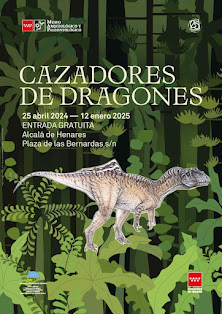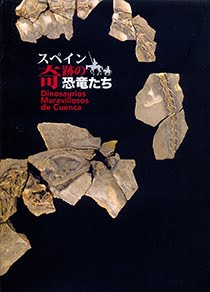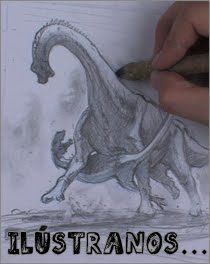Entre los días 4 y 8 del presente mes se ha celebrado, en la ciudad de San Salvador (El Salvador, Centroamérica), el X Congreso Latinoamericano de Paleontología. Varios trabajos liderados por miembros del Grupo de Biología de la UNED han sido defendidos en este encuentro científico. Estas presentaciones han mostrado los últimos avances y la puesta al día en la información relacionada con varios de los proyectos actualmente en proceso por parte del citado grupo de investigación, consistentes en el estudio de las faunas del Triásico Superior de El Atance (Guadalajara), del Cenomaniense de Algora (Guadalajara) y del Cretácico terminal de Castilla-La Mancha (especialmente Lo Hueco y Poyos), así como en los análisis del registro de tortugas tanto del Cretácico Inferior como del Superior de Niger.
Imágen: Pósters correspondientes a algunos de los trabajos presentados.
Los autores y títulos de los trabajos allí defendidos son los siguientes:
- de Miguel Chaves, Carlos; Ortega, Francisco; Pérez-García, Adán. The Spanish Upper Triassic vertebrate site of El Atance: an update.
- Ortega, Francisco; Escaso, Fernando; Mocho, Pedro; Narváez, Iván; Pérez-García, Adán. Eggs and bones: a preliminary comparison between the Upper Cretaceous faunas of the Poyos, Portilla and Lo Hueco sites (Villalba de la Sierra Formation. Central Spain).
- Pérez-García, Adán. A new pleurodiran turtle from the African Aptian locality of Gadoufaoua.
- Pérez-García, Adán. Implications of the analysis of a new bothremydid turtle from the Upper Cretaceous of Niger.
- Pérez-García, Adán; Bardet, Nathalie; Fregenal-Martínez, María A.; Martín-Jiménez, Marcos; Mocho, Pedro; Narváez, Iván; Torices, Angélica; Vullo, Romain; Ortega, Francisco. The Cenomanian vertebrates from the Algora site (central Spain): New information on the faunal replacement between the European Lower and uppermost Cretaceous faunas.
- Pérez-García, Adán; Gascó, Francisco; Ortega, Francisco. The Upper Cretaceous Poyos site: a large dinosaur nesting area in central Spain.
































- Síguenos en Twitter
- "Síguenos en Facebook
- RSS
Contacto